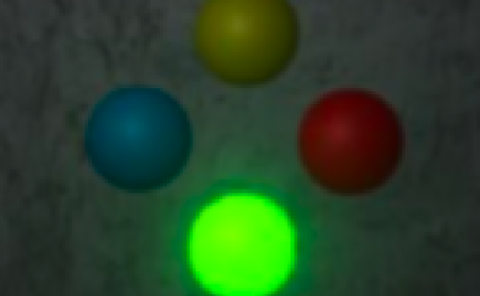Non-zero-sum mutual gaze in collaborative virtual environments
PubDate: June 2003
Teams: University of California
Writers: Beall, A.C., Bailenson, J.N., Loomis, J., Blascovich, J., & Rex, C
PDF: Non-zero-sum mutual gaze in collaborative virtual environments

Abstract
We discuss the theoretical notion of augmenting social interaction during computer-mediated communication. When people communicate using immersive virtual reality technology (IVET),the behaviors of each interactant (i.e., speech, head movements, posture, etc.) are tracked in real time and then rendered into a collaborative virtual environment (CVE). However, it is possible to change those behaviors online, and to render these changed behaviors for strategic purposes. In the current paper we discuss one such augmentation: non-zero-sum gaze (NZSG). An interactant utilizing NZSG can make direct eye contact with more than one other interactant at a time. Inother words, regardless of that interactant’s physical behavior, IVET enables him to maintain simultaneous eye contact with any number of other interactants, who each in turnmay perceive that he or she is the sole recipient of this gaze. We discuss a study in which an experimenter attempted to persuade two participants in an CVE, and manipulated whether gaze was natural (i.e., rendered without transformation), augmented (i.e., each participant received direct gaze for 100% of the time) or reduced (i.e., neither participant received any gaze). We measured participants’ head movements, subjective perceptions of the experimenter’s gaze, the attitude change for the persuasion topic, and recall of information. Results indicated that participants were unaware of augmented and reduced gaze behaviors despite the fact that the participants’ own gaze behavior changed in reaction to those conditions. We discuss these results in terms of understanding mediated communication and nonverbal behavior

